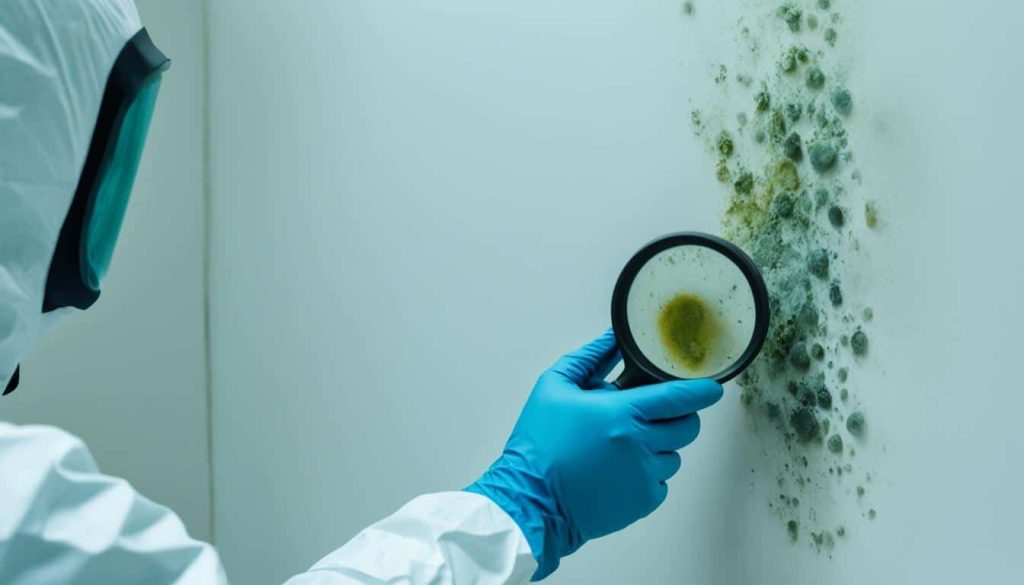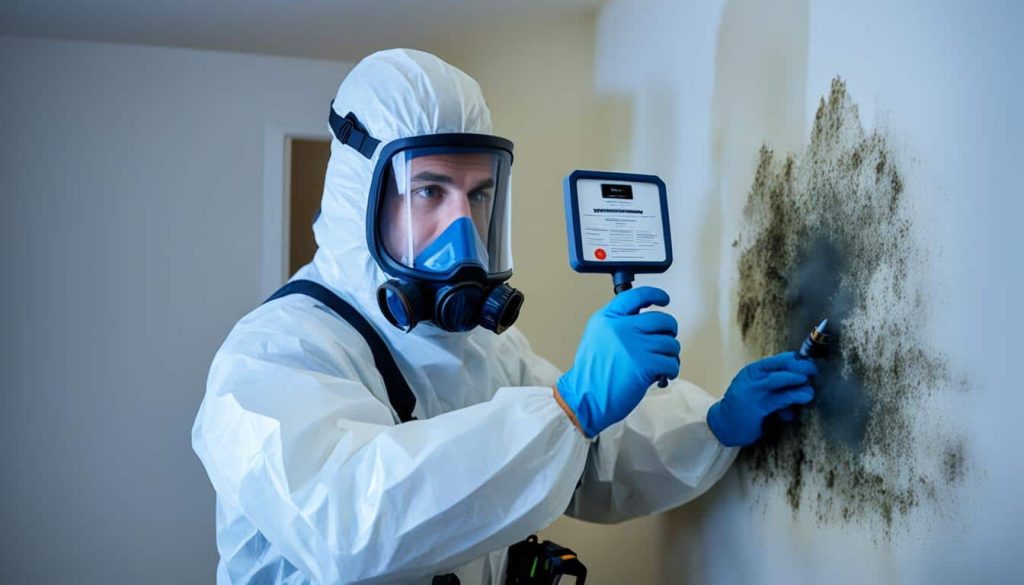In our previous article, Array of Solutions LLC explored the critical role that water and moisture play in mold growth, highlighting the significant health and safety risks they pose to homes and their occupants. Today, we will delve deeper into several key areas where water and mold growth is commonly discovered in both residential and commercial settings, and provide actionable strategies to address and prevent these issues.
Array of Solutions, a trusted name in mold removal in Greenville South Carolina since 2007, stands ready to tackle your mold woes. With our expert mold inspection Greenville services and EPA-Registered credentials, we’re equipped to detect, remove, and prevent mold growth in your home or business.
Table of Contents
1. Basements: The Mold Magnet
Basements are notorious for their high humidity levels, making them prime candidates for mold growth. The lower levels of a home or business often experience higher humidity due to poor ventilation and the natural tendency for moisture to settle. Materials commonly found in basements, such as sheetrock, wooden studs, and carpets, are particularly susceptible to mold. Sheetrock and wood, with their porous nature, easily absorb moisture, creating an ideal environment for mold to thrive. Carpets, in particular, are problematic as they can trap moisture and provide a perfect breeding ground for mold spores.
Prevention and Remediation Tips for Water and Mold Problems:
- Humidity Control: Use dehumidifiers to keep humidity levels in check. Aim for a relative humidity level below 60% to inhibit mold growth.
- Ventilation: Ensure proper ventilation by installing vents and fans to facilitate air circulation.
- Material Choice: Opt for mold-resistant materials when renovating or repairing basements. Consider using waterproof flooring and mold-resistant drywall.
- Storage Solutions: Avoid storing items directly on the basement floor. Use plastic bins instead of cardboard boxes, which can absorb moisture and harbor mold.
2. Windows: Condensation and Mold Growth
Windows, including sashes and sills, are common culprits for mold growth due to condensation. Temperature fluctuations can cause moisture to collect on window surfaces, creating a damp environment conducive to mold growth. Even minor condensation can lead to mold if not properly managed.
Prevention and Remediation Tips:
- Regular Inspection: Frequently check windows for signs of condensation and mold. Clean any visible mold immediately with appropriate cleaning solutions.
- Proper Sealing: Ensure that windows are well-sealed to prevent drafts and condensation.
- Ventilation: Open windows periodically to allow fresh air circulation and reduce indoor humidity.
3. Bathrooms: Humidity Hotspots
Bathrooms are another high-risk area for mold growth due to the constant influx of humidity from showers and baths. The combination of warm, moist air and poor ventilation creates an ideal breeding ground for mold spores. Mold can often be found in areas that are not immediately visible, such as behind tiles or under vanities.
Prevention and Remediation Tips:
- Ventilation: Install an exhaust fan with adequate Cubic Feet per Minute (CFM) rating relative to the size of the bathroom. Run the fan during and for at least 5 minutes after showers or baths to expel moisture.
- Proper Maintenance: Regularly clean and inspect bathroom surfaces for mold. Address any leaks or water damage promptly.
- Flooring Choices: Avoid carpeting in bathrooms as it can trap moisture. Opt for tile or vinyl flooring that is easier to clean and less likely to retain moisture.

Addressing Extreme Cases
In some extreme cases, such as severe condensation on windows leading to significant mold growth, immediate action is required. A thorough inspection and professional mold remediation may be necessary to address extensive mold issues effectively. For severe cases, Array of Solutions LLC recommends consulting with mold remediation experts to ensure comprehensive removal and prevention.
The Essential Role of Moisture Control
Regardless of the location, the foundational principle of effective mold remediation is the complete removal of moisture. Mold thrives in damp environments, and even high humidity can be enough to initiate and sustain mold growth. Effective moisture control is crucial to any successful mold remediation strategy.
General Recommendations:
- Regular Monitoring: Keep an eye on humidity levels in all areas of your home or business. Use hygrometers to monitor and maintain appropriate humidity levels.
- Prompt Repairs: Address any leaks or water damage immediately. Delaying repairs can lead to more significant mold problems.
- Professional Assessment: For persistent or severe mold issues, seek professional assessment and remediation services to ensure all mold is removed and underlying moisture issues are addressed.

By understanding these key areas and implementing the recommended strategies, you can significantly reduce the risk of mold growth and maintain a healthier living or working environment. If you have any questions or need assistance with mold removal, don’t hesitate to contact Douglas R. Whitehead II at 864-710-6413 or visit our websites at Arrayofsolutions.com and SCmoldremoval.com for more information.
